-
Kim Albrecht, Ruth Ahnert, and Sebastian Ahnert visualized the network of communications over time and space:
The Tudor government maintained a communication network that criss-crossed the globe. This visualisation brings together 123,850 letters connecting 20,424 people from the United Kingdom’s State Papers archive, dating from the accession of Henry VIII to the death of Elizabeth I (1509-1603).
-
The New York Times mapped the seven-day average of ICU bed occupancy rates:
More than a third of Americans live in areas where hospitals are running critically short of intensive care beds, federal data show, revealing a newly detailed picture of the nation’s hospital crisis during the deadliest week of the Covid-19 epidemic.
Hospitals serving more than 100 million Americans reported having fewer than 15 percent of intensive care beds still available as of last week, according to a Times analysis of data reported by hospitals and released by the Department of Health and Human Services.
Oh.
It only took HHS many months into a pandemic to release the facility-level dataset.
-
It seems like there’s been more player movement than usual over the years. Didn’t players used to play on a single team for the entirety of their careers?
-
 Talking about the effectiveness of masks on TikTok, Bill Nye uses a map and some props to show mask-wearing against infection. He uses two transparent slides where the first shows mask-wearing and the second is an overlay that shows Covid-19 rates.
Talking about the effectiveness of masks on TikTok, Bill Nye uses a map and some props to show mask-wearing against infection. He uses two transparent slides where the first shows mask-wearing and the second is an overlay that shows Covid-19 rates. It seems so simple.
-
Jeffrey Schweers for Tallahassee Democrat:
State police brandishing firearms Monday raided the Tallahassee home of Rebekah Jones, the former Department of Health employee who built the state’s much-praised COVID-19 dashboard before being fired over what she said was refusing to “manipulate data.”
“They pointed a gun in my face. They pointed guns at my kids,” Jones tweeted shortly before 5 p.m.
After her firing in May, Jones started her own Covid-19 dashboard independently and has been maintaining it daily.
Strange.
-
We use our cameras all of the time, and it almost seems like magic when you press that button and somehow an image is captured. But of course it’s not magic. Bartosz Ciechanowski provides a detailed interactive explainer on how the camera and lens record light.
There are a lot of satisfying sliders to adjust dimensions and see how the mechanics change. It reminds me of those exhibits at kid science museums with the big knobs and handles.
See also Ciechanowski’s explainer of a similar flavor on how gears work.
-
Matthew Conlen, in an article by Abby Goodnough and Jan Hoffman for NYT, charted essential and frontline workers by industry.
With limited doses, states have to decide who gets the vaccine after healthcare workers and the most vulnerable elderly. You’ve probably heard mentions of essential workers to be next in line, but under the CDC’s definition, 70 percent of workers are essential.
-
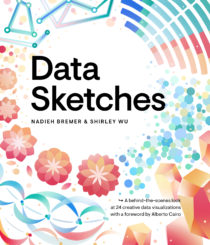 Data Sketches was a one-year visualization collaboration between Nadieh Bremer and Shirley Wu that started in 2016. Each month they separately visualized a topic, and at the end of each month they’d have two very different pieces that were visually unique and showed different angles of the same thing.
Data Sketches was a one-year visualization collaboration between Nadieh Bremer and Shirley Wu that started in 2016. Each month they separately visualized a topic, and at the end of each month they’d have two very different pieces that were visually unique and showed different angles of the same thing.They also documented their process and design decisions for every project, which provided another layer of depth to the work.
Now it’s a book and available for pre-order. Very cool.
(I’m trying to get over that this project started more than four years ago. Time has been moving slow these days, but also. Time. Passes. Fast.)
-
Bloomberg is tracking nine coronavirus vaccines around the world. In addition to the approval process, they’re also tracking the procurement and distribution from companies to countries. Billions.
-
Eugene Wei looks closer at the algorithms that drive TikTok and how its design provided an effective feedback loop:
But for TikTok (or Douyin, its Chinese clone), who needed an algorithm that would excel at recommending short videos to viewers, no such massive publicly available training dataset existed. Where could you find short videos of memes, kids dancing and lip synching, pets looking adorable, influencers pushing brands, soldiers running through obstacle courses, kids impersonating brands, and on and on? Even if you had such videos, where could you find comparable data on how the general population felt about such videos? Outside of Musical.ly’s dataset, which consisted mostly of teen girls in the U.S. lip synching to each other, such data didn’t exist.
In a unique sort of chicken and egg problem, the very types of video that TikTok’s algorithm needed to train on weren’t easy to create without the app’s camera tools and filters, licensed music clips, etc.
At first I was confused by TikTok. I’m still confused by TikTok. But one thing that is for sure is that the system knows how to serve up videos that one might find interesting. Whether that’s good in the long run is anyone’s guess.
-
Members Only
-
Using estimates from the Surgo Foundation and Ariadne Labs, Stuart A. Thompson for NYT Opinion shows how many people are in front of you to get the coronavirus vaccine. Just enter your age, if you’re an essential worker, and the county you live in for an idea of where you are.
-
Daniel Huffman grew up with an ice cream flavor called Blue Moon. Where he’s from, it’s a common menu item, so he figured it was common nationally. Nope. So Huffman did some cartographic sleuthing:
In recent years, I have come to learn that it’s not widely available throughout the United States. It is, instead, a regional flavor, with various articles describing it as a “Midwestern favorite,” and an “iconic Midwestern frozen treat.” But nothing I read was able to give more detail about where blue moon was found — only anecdotal, unsatisfying generalizations about the Midwest. No one had hard data, and, most importantly, no one had maps. The true distribution of this flavor was a mystery that I needed to solve.
Now I want ice cream.
-
Kyle McDonald, in collaboration with Greg Borenstein, Evelyn Masso, and Fei Lui, made Facework. It’s a game that imagines a platform where people use their faces in a gig economy and you’re encouraged to trick the AI that you’re something you’re not — with your face.
-
Prompted by a tweet about scented candles without smell and Covid-19, Kate Petrova plotted Amazon reviews for scented and unscented candles over time. Notice the downward trend for scented candles after the first confirmed case for Covid-19.
Interesting if true. I’m imagining a bunch of people opening their new scented candles, taking a big whiff, and not smelling anything.
But I wonder if there are outside forces (a.k.a. confounding factors) at work here. For example, Petrova only looked at reviews for the “top 3” scented candles. What do we see with other candles? Maybe a higher demand for scented candles from more people staying at home put a strain on the manufacturer. Maybe there was a shortage of some scented ingredient, which led to less potent candles. Maybe new scented candles customers have unrealistic expectations of what candles smell like.
I don’t know.
Maybe the decreasing average review really is related to Covid-19 symptoms.
Petrova put up the code and data, in case you want to dig into it.
Update: In my original post, I unknowingly used an offensive word unfit for usage. Thank you to those who pointed it out to me.
-
Roger Peng outlines four main roles of a data scientist:
If you’re reading this and find yourself saying “I’m not an X” where X is either scientist, statistician, systems engineer, or politician, then chances are that is where you are weak at data science. I think a good data scientist has to have some skill in each of these domains in order to be able to complete the basic data analytic iteration.
The good thing about data science is that you can apply the skills to different fields and tasks. It’s also one of the challenges when you’re in the early phases of learning, because you have to figure out what to work on. This should point you in the right direction.
See also: Peng’s tentpoles of data science.
-
As we’ve talked about before, it can be hard to really understand the scale of big numbers. So when we hear that over 250,000 people died because of the coronavirus, it can be hard to conceptualize that number in our head. Lauren Tierney and Tim Meko for The Washington Post provide a point of comparison by highlighting counties that have have populations under 250,000.
Whole counties, or whole clusters of counties, that would be completely wiped out.
It’s a lot.
-
I roasted a turkey. There were a lot of leftovers. But my mom taught me to never waste.
-
When you have a big family, it’s a challenge to figure out how everyone is related. So here are some charts to help you figure it out.

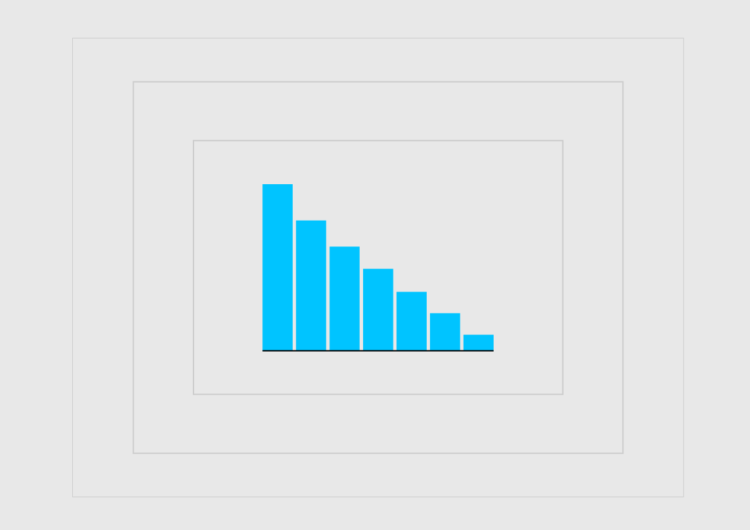
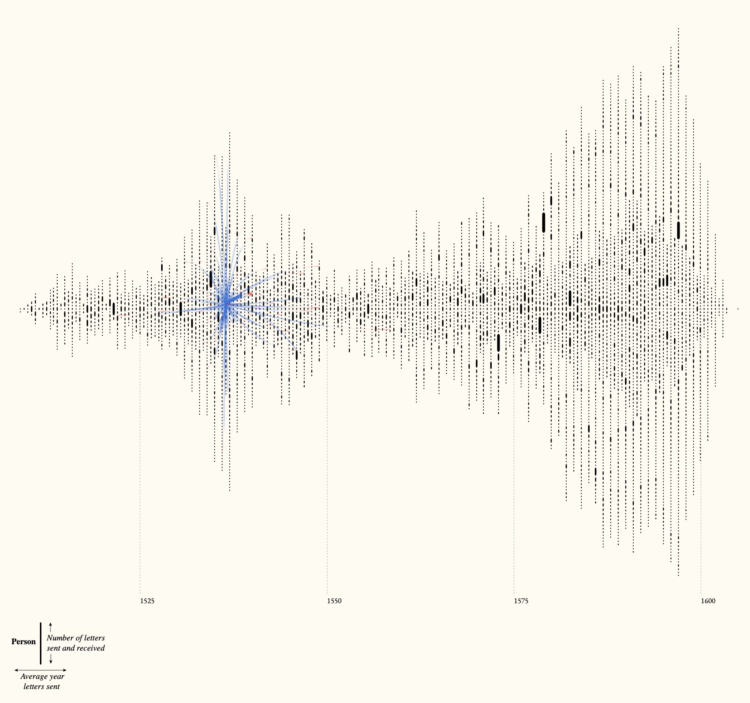
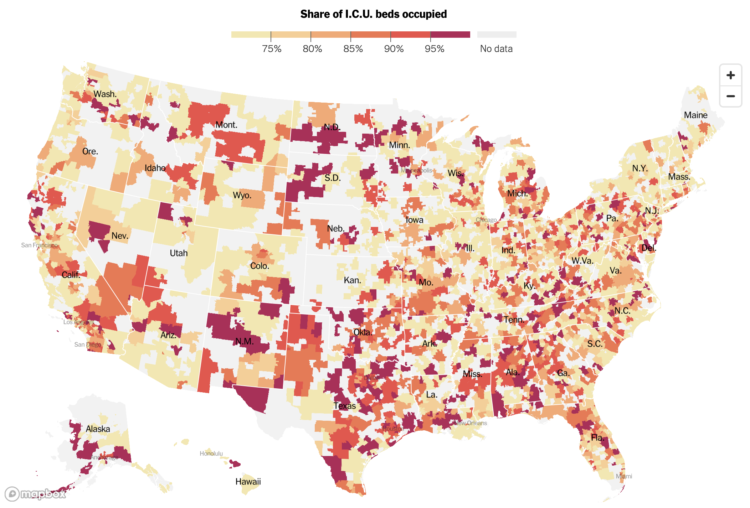

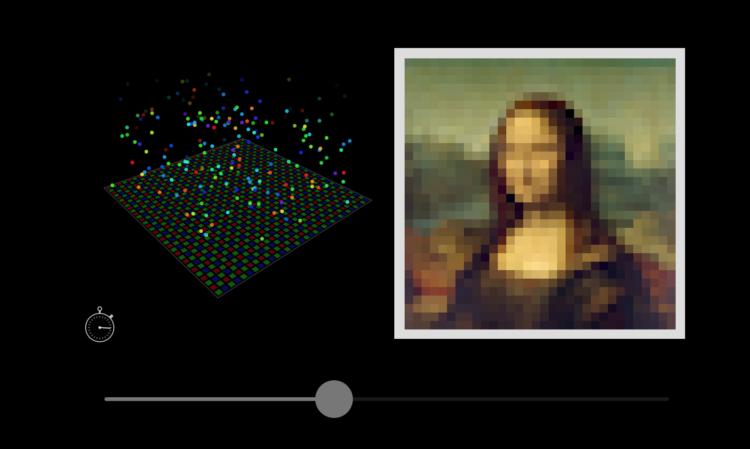
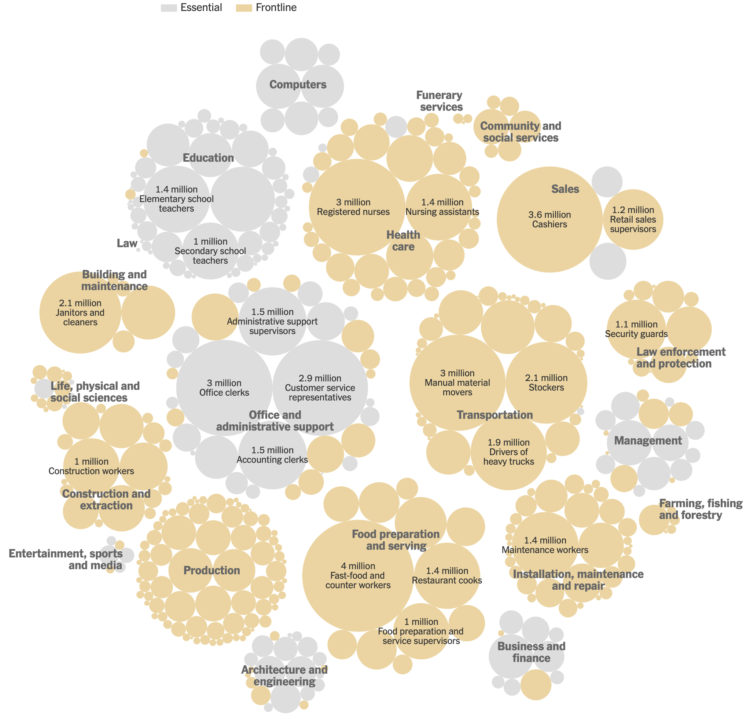
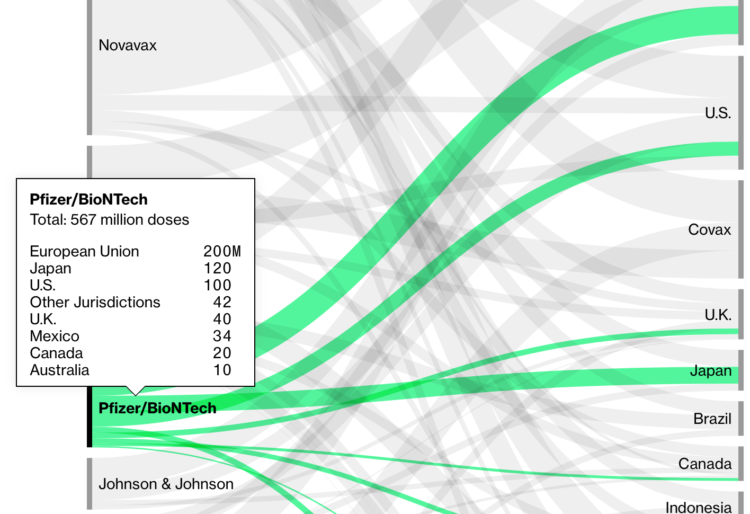
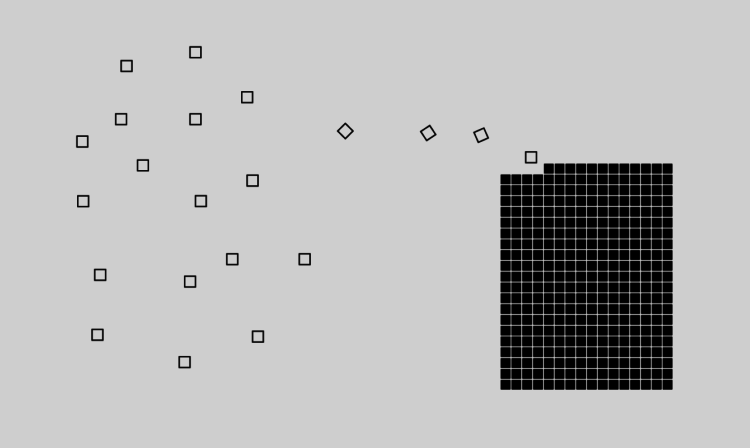
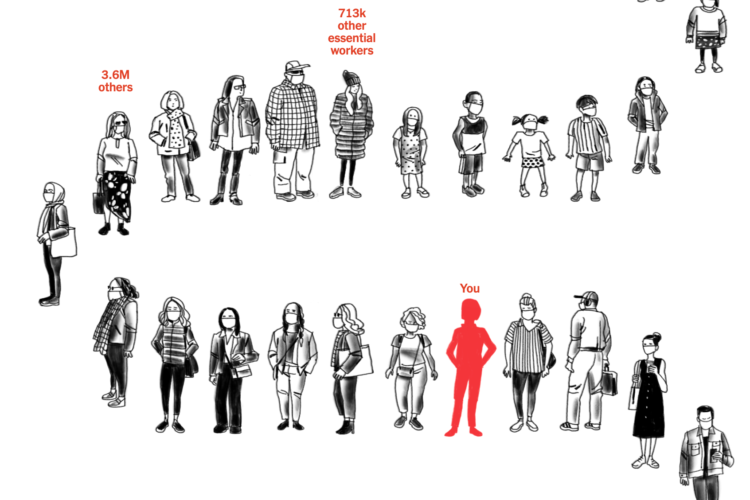
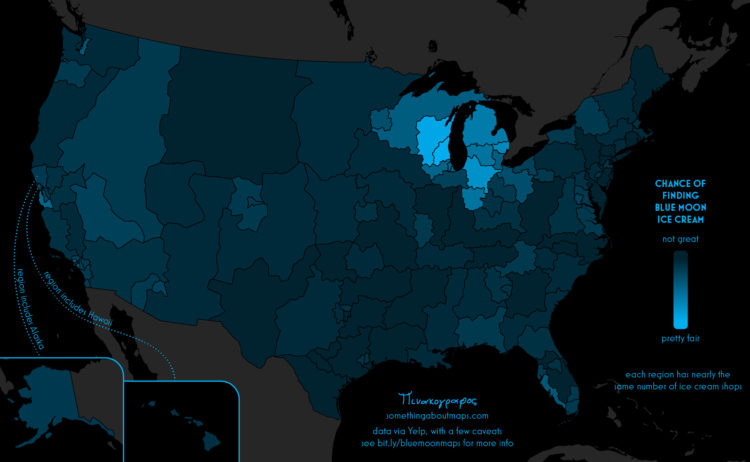

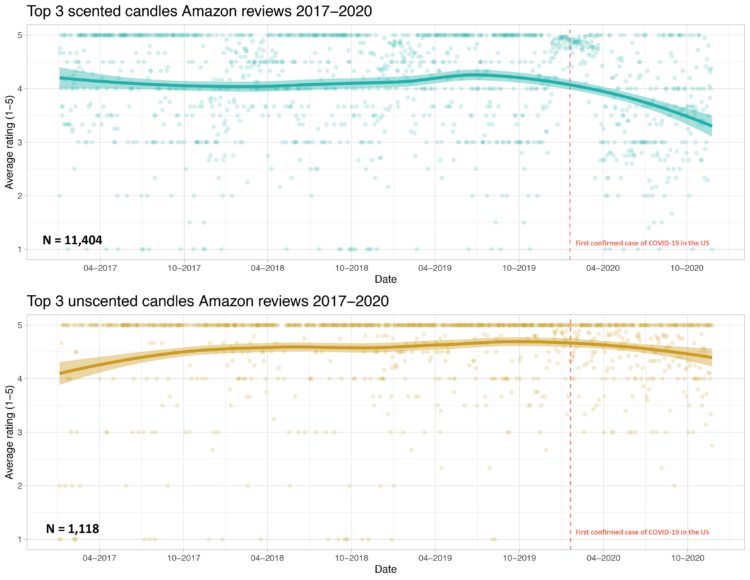


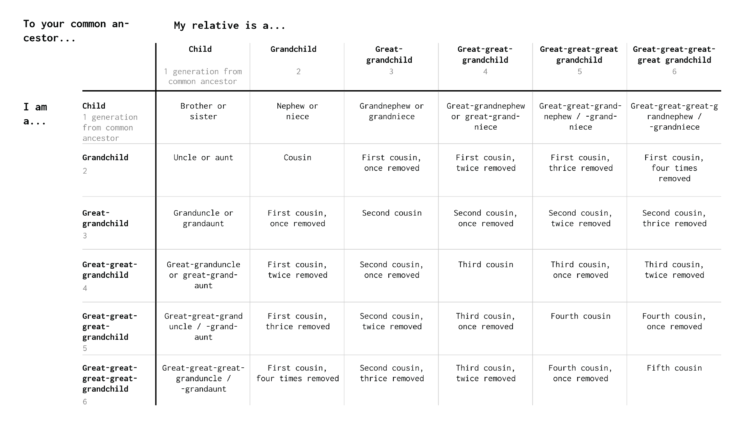










 Visualize This: The FlowingData Guide to Design, Visualization, and Statistics
Visualize This: The FlowingData Guide to Design, Visualization, and Statistics
